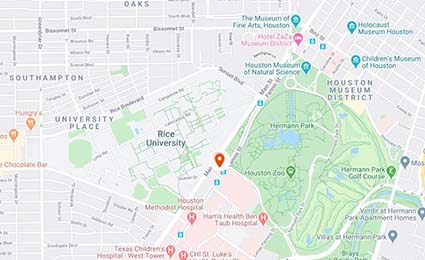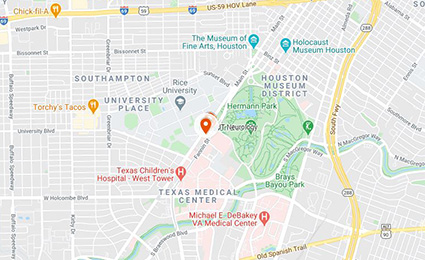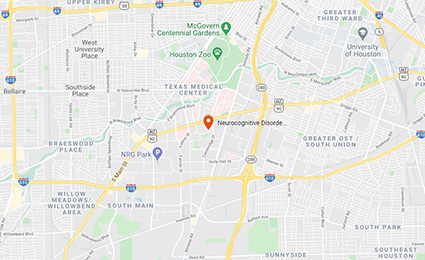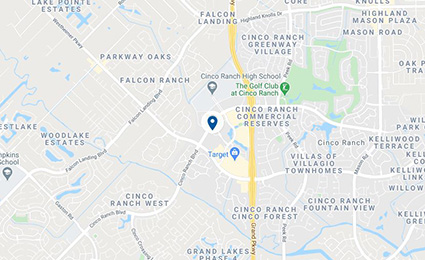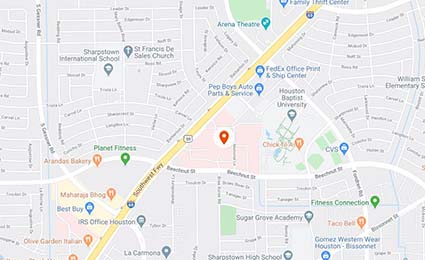Minimally Invasive Foraminotomy
What is Minimally Invasive Foraminotomy?
A minimally invasive foraminotomy is a surgery performed to relieve pressure on spinal nerves caused by narrowing of the neural foramen, the passageway where nerve roots exit the spinal canal. This narrowing, known as foraminal stenosis, may be caused by herniated discs, bone spurs, thickened ligaments, or degenerative changes in the spine. When spinal nerves are compressed, patients experience radiating arm or leg pain, numbness, tingling, or weakness. The minimally invasive surgery uses smaller incisions and specialized instruments to access the spine with less disruption to surrounding muscles and tissues. This allows for symptom relief with reduced postoperative pain and a quicker recovery compared to traditional open surgery.
Who is a good candidate for a Minimally Invasive Foraminotomy?
Patients are typically considered for a minimally invasive foraminotomy if they have foraminal stenosis confirmed by MRI or CT scan and their symptoms correlate with the imaging. Symptoms may include persistent pain radiating into the arms or legs, numbness, tingling, or weakness that interferes with walking, sleeping, or working. Candidates have not found adequate relief through non-surgical treatments, including medications, physical therapy, or spinal injections.
How is Minimally Invasive Foraminotomy performed?
The procedure is performed under general anesthesia. The patient is positioned face-down on a surgical table. The surgeon makes a small incision over the affected spinal level, typically one to two centimeters in length. A tubular retractor is inserted through the incision to create a narrow working channel while minimizing muscle damage. Using a surgical microscope or endoscope, the surgeon carefully removes small amounts of bone, disc material, or ligament that are compressing the nerve root within the foramen. The goal is to enlarge the foramen sufficiently to relieve pressure on the nerve without compromising spinal stability. Once the decompression is complete, the tubular retractor is withdrawn, the muscles return to their natural position, and the incision is closed with sutures or a small bandage.
What are the benefits of a Minimally Invasive Foraminotomy?
Compared with open surgery, a minimally invasive foraminotomy generally results in less postoperative pain, reduced blood loss, and smaller scars. Because there is less disruption to muscle tissue, recovery is often faster, and patients can typically return to normal activities more quickly. Hospital stays are usually shorter, with many patients discharged the same day. The smaller incision also reduces the risk of infection and minimizes scarring.
What is the recovery from Minimally Invasive Foraminotomy?
Pain is usually managed with oral medication, and walking is encouraged soon after surgery. Patients are advised to avoid heavy lifting, bending, or twisting for several weeks while the incision heals. Physical therapy may be prescribed to improve strength, posture, and flexibility. Relief from leg or arm pain is often noticed soon after surgery, though numbness or weakness may take longer to improve. The success rate of a minimally invasive foraminotomy is high, although any surgery carries risk of infection, bleeding, nerve injury, or recurrence of symptoms. Your surgeon will review these risks in detail before the procedure.
Other common minimally invasive spine procedures
Discectomy: This procedure removes a damaged spinal disc or discs to treat pain, numbness, or weakness in the legs or arms, most commonly from a herniated disc.
Spinal Decompression: This procedure relieves pressure on the spinal cord and nerves, often caused by conditions like herniated discs or spinal stenosis.
Spinal Fusion: This minimally invasive spine surgery is used to stabilize the spine by fusing vertebrae together. Screws and a rod are placed through a small incision during the procedure.
